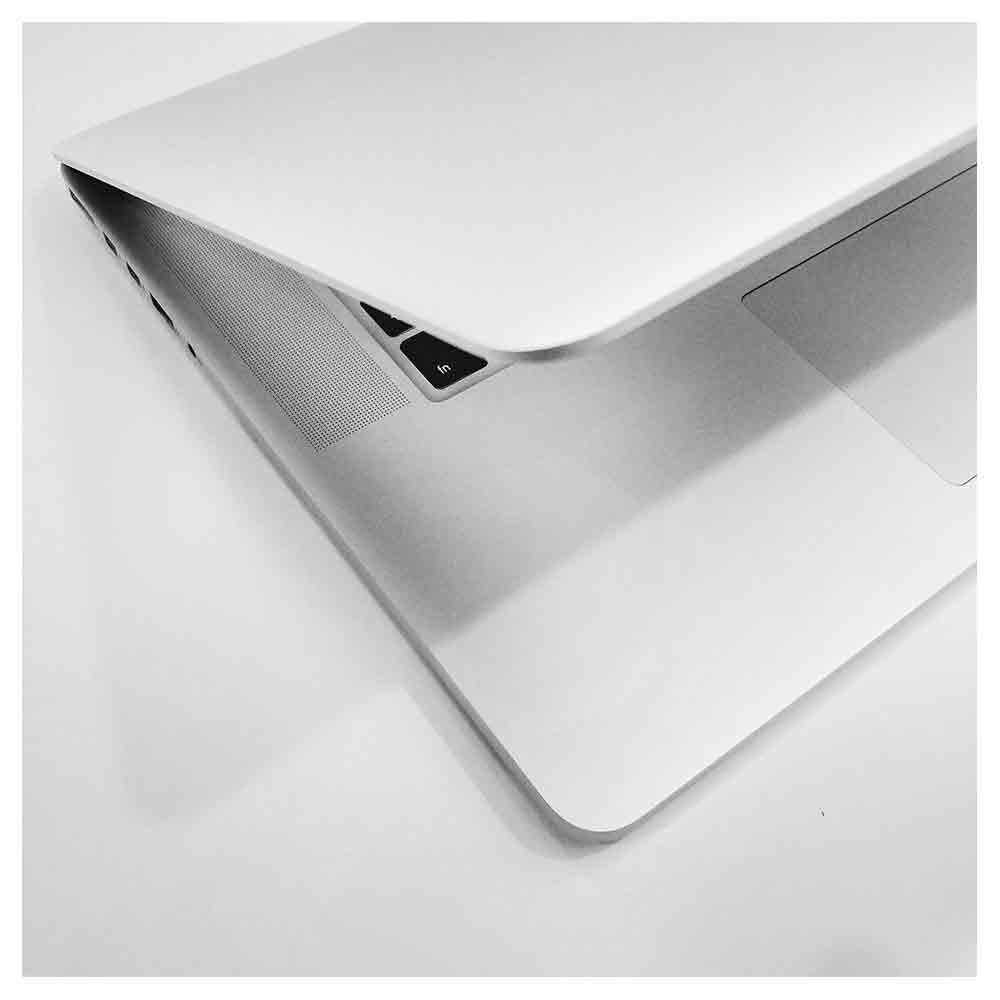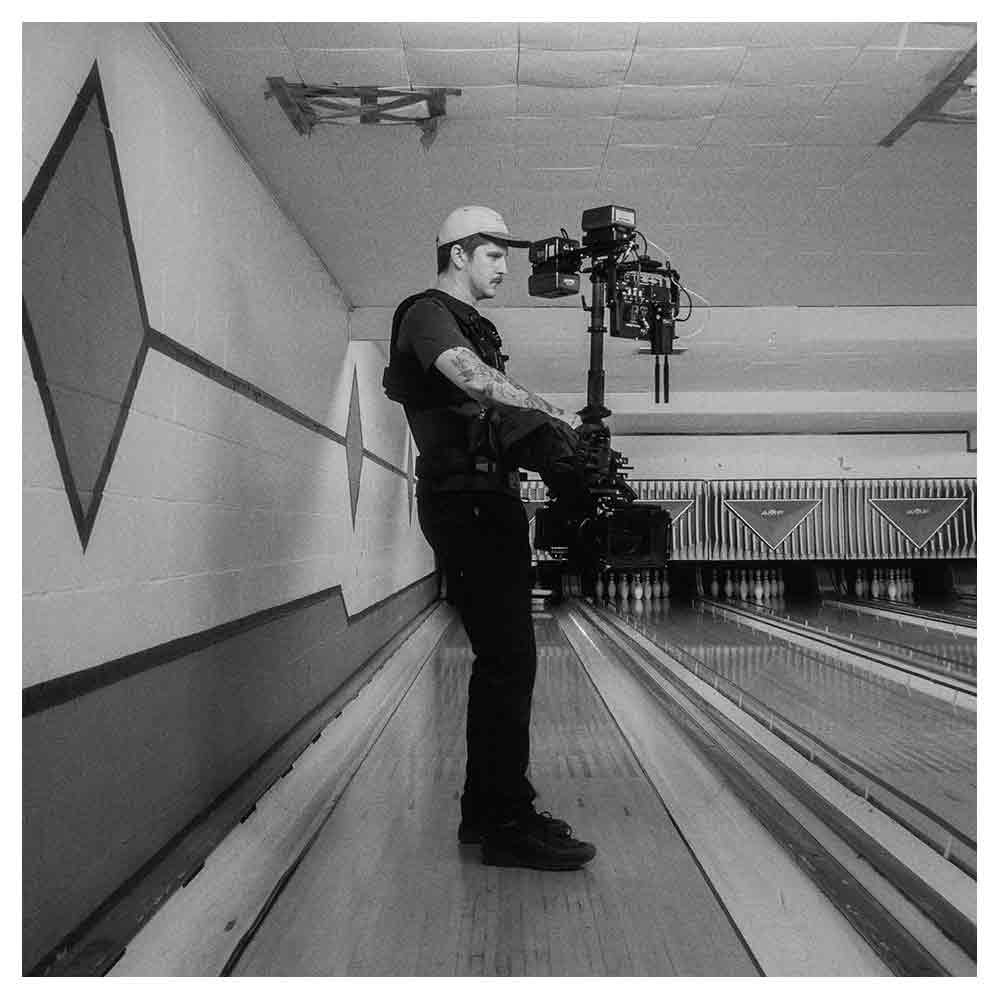How To Craft a Compelling Pitch Deck Structure for A Film Pitch
Every great film begins with a great story. But before that story can unfold on the big screen, it has to be sold — and that's where a pitch deck comes into play.
Whether you're a seasoned director or just starting up your own production company, a pitch deck is an essential tool to convince investors, team members, and potential customers that your vision is worth backing.
Here, I'll cover the nuts and bolts of creating a pitch deck that stands out but also adheres to a proven pitch deck structure.
What is the pitch deck structure for a film pitch?
1. Title Slide: Make a Strong First Impression
The title slide is your chance to make a solid first impression. It should include the name of your film or project, your company's logo, and, if available, a compelling visual or graphic related to your project.
Remember, the goal here is to build excitement and generate interest, so ensure your title slide is an informative overview of what's to come.
2. Executive Summary: Setting the Stage
An executive summary is a concise yet compelling narrative of your film project. It's your chance to set the stage for your audience — potential investors, co-founders, or team members.
Remember, the executive summary isn't just about presenting facts. It's about telling a story that makes sense and piques interest.
Here, you should hint at the primary goals of your film project, the market opportunity you see, or the unique angle that sets your project apart from the competition.
3. Team Slide: Showcasing Your Core Team
This slide is your chance to showcase your core team — the co-founders, critical points of contact, or team members who will be instrumental in bringing your project to life.
Include short bios, roles, and key accomplishments to demonstrate your team's ability to execute the vision.
4. The Business Model: Your Path to Profit
In this slide, you should give an overview of your business model. How do you plan to make money from your film? Will you sell to a distribution company, release directly to streaming platforms, or use another model? Here, it would help if you also discuss your sales strategy and sales channels.
5. Market Research: Proving Demand
To convince investors that your film has potential, you need to prove there's a demand for it. This is where your market research comes in.
Discuss your target market, potential customers, market size, and how your film will meet a demand or solve a problem in the market.
6. Competitive Landscape: Stand Out from the Crowd
Every film exists within a competitive landscape. Identify your competition and illustrate your competitive advantage. What makes your movie stand out? Is it the unique product and business model idea, the talent attached, the innovative approach, or something else?
7. Product or Service: What's on Offer
This is your chance to go into detail about your film. Treat your film as a product or service. What's unique about it? Why should someone invest in or buy it?
8. Traction Slide: Proving Your Progress
Show any progress you've made so far. This could include pre-production work, a signed letter of intent from a distributor, early audience test results, or anything else that proves your project is moving forward.
9. The Ask: What You Need to Move Forward
This is arguably the most important slide in your investor deck. Here, you clearly state what you're asking for — funding, distribution, partnerships, or something else. Be clear and concise about what you need and why you need it.
10. The Close: Wrapping it Up and Creating Anticipation
The closing slide should wrap up your presentation and give your audience a clear understanding of your project's potential.
This is a great place to reiterate your unique selling proposition and your ask. Make sure to provide contact information for follow-up meetings.
Remember, your pitch deck is not just a visual document – it's your chance to create a compelling narrative about your film.
With each slide in investor pitch deck, aim to build Anticipation, maintain interest, and convince your audience that your project is an excellent example of a worthwhile investment.
The above gives you a basic pitch deck structure, but here are a few more tips for creating a deck that shines.
1. Keep it concise. Your slide deck should be informative but not overwhelming. Aim for a total of 10-20 slides.
2. Use compelling visuals. As a filmmaker, your ability to create visually stimulating content is a huge advantage. Use it!
3. Tailor to your audience. A deck for potential investors might look different from one for potential team members or co-founders. Know your audience and tailor your deck accordingly.
4. Use bullet points. Avoid large blocks of text. Instead, use bullet points to present information clearly and concisely.
5. Practice, practice, practice. The best pitch decks are well-presented, and make sure to practice your pitch until it's perfect.
6. Include a "leave-behind." Consider creating a PDF version of your deck that you can leave behind after meetings. This allows potential investors or partners to review your proposal at their own pace.
Conclusion
Creating a pitch deck outline might seem daunting, but it's an essential part of the filmmaking process.
With a clear pitch deck structure, compelling visuals, and a strong narrative, you'll be well on your way to securing the resources you need to bring your film to life.
Remember: a pitch deck is more than just a presentation. It's your chance to share your vision, showcase your business acumen, and — most importantly — tell a story that resonates with your audience. With these tools and tips at your disposal, you're ready to craft a pitch deck that informs and inspires.
Now, it's time to start creating pitch decks that captivate, convince, and compel. Here's to your success in the world of filmmaking!
Frequently Asked Questions about Pitch Deck Structure
What is a pitch deck?
A pitch deck is a brief presentation, often created using slides, that provides an overview of your business idea or filmproject. It's a tool to attract potential investors, team members, or partners.
Why is the pitch deck structure important?
The structure of your pitch deck ensures you present your information in a logical, easy-to-follow manner.
It helps guide your audience through your proposal, building a compelling narrative that makes it easier to understand and remember your point.
How long should a pitch deck be?
A pitch deck should be concise yet informative. Aim for a total of 10-20 slides. Remember, the goal of pitch presentation is to generate interest and prompt further conversation to keep your audience manageable with details.
What should I include in my pitch deck?
Your pitch deck should include the following key points:
Title Slide
Executive Summary
Core Team
Business Model
Market Research
Competitive Landscape
Product or Service
Traction Slide
The Ask
The Close
Depending on your specific project or audience, you may also include other slides as needed.
How can I make my pitch deck stand out?
Use compelling visuals, keep text to a minimum, and focus on storytelling. As a filmmaker, your pitch deck should showcase your creative skills while demonstrating your business acumen. Tailor your deck to your audience, and practice your presentation.
Can I use the same pitch deck for different audiences?
While the core information might remain the same, it's a good idea to tailor your deck to your specific audience.
For instance, potential investors might be more interested in financial projections and market research. In contrast, potential team members might want to know more about your vision and plans for the project.
Should I send my pitch deck in advance?
It's best to present your pitch deck in person (or in a virtual meeting) so you can guide your audience through the presentation.
However, you may want a "leave-behind" version (like a PDF) that you can send after the meeting for further review.
How do I know if my pitch deck is effective?
A successful pitch deck should generate interest in your film project, prompt questions, and lead to further conversations or meetings.
If you consistently get positive feedback and follow-up interest, your pitch deck will likely do its job!






























